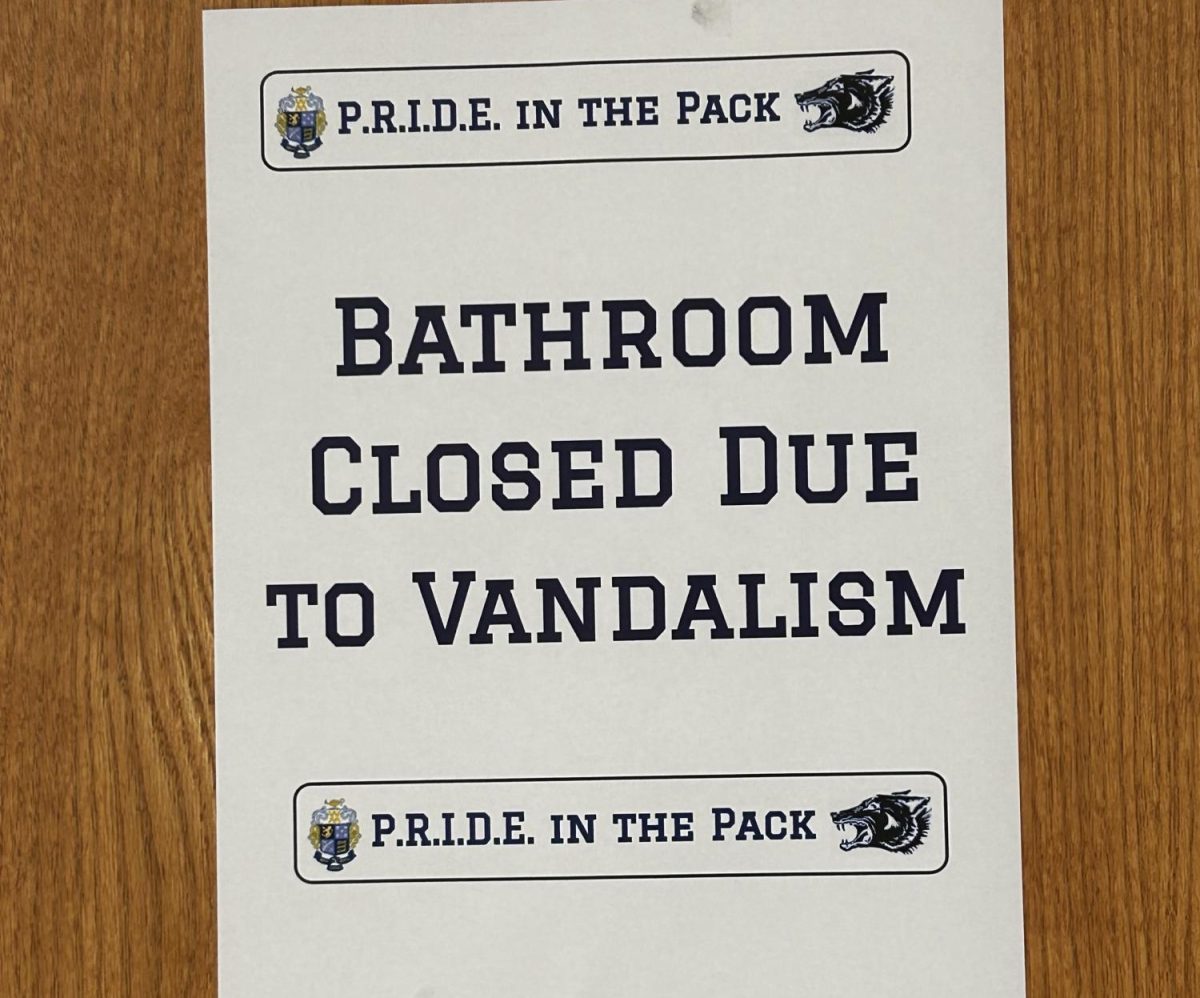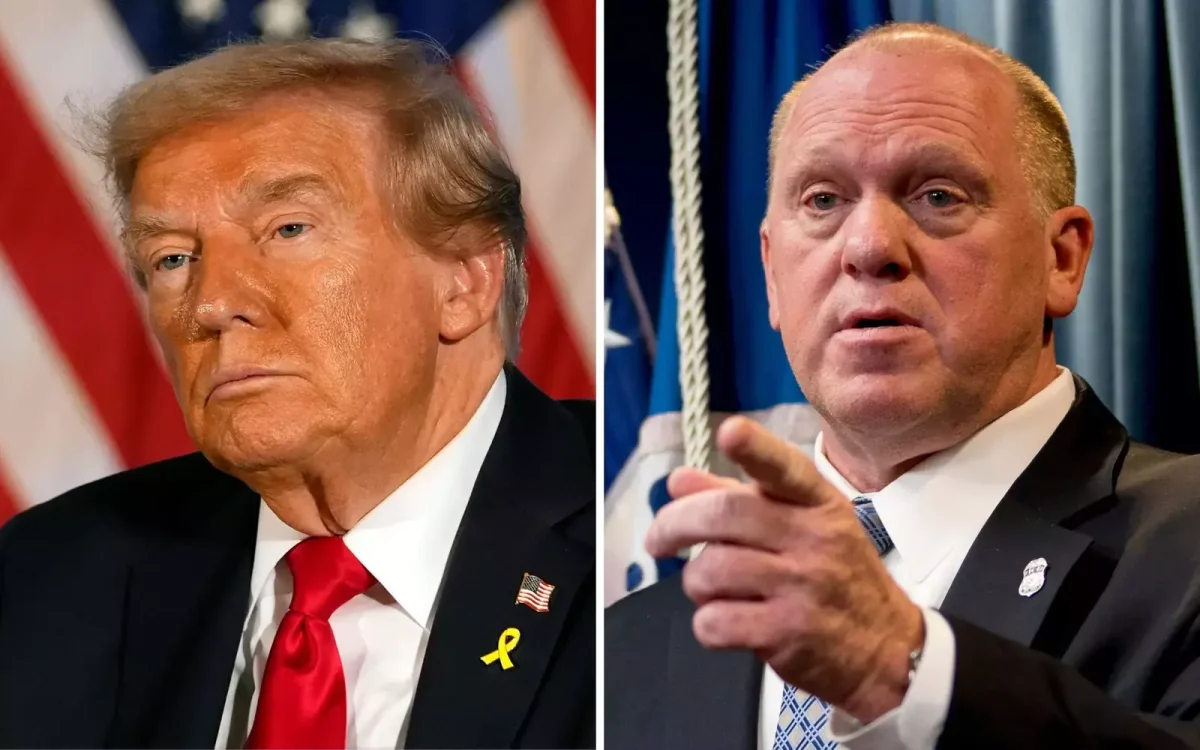On Monday, November 18, 2024, President-elect Donald J. Trump confirmed his plans for mass deportations of undocumented immigrants. According to The New York Times, Trump’s administration would “declare a national emergency and will use military assets” to address illegal immigration “through a mass deportation program.” More specifically, funds from the military would be used to build extensive holding facilities that have the role of staging centers for the immigrants waiting to be flown to other countries.
There have been mass deportation efforts since the 20th century. WMC history teacher, Mr. Hildreth stated, “You can go back to the mid to late 1800s and there was a lot of, say, Chinese immigration to the West Coast. That created or resulted in some social, cultural, and economic angst and eventually resulted in Chinese exclusion laws, laws that were aimed to limit Chinese immigration to the United States.” To this day, deportation continues to be a controversial conflict of interest.
According to the National Immigration Justice Center, Mr. Trump’s past deportation efforts included Executive Order 13767, “Border Security and Immigration Enforcement Improvements” which implemented the construction of the 1,954-mile border wall along the Mexico-United States border. Federal funding was used to build this estimated $15 billion border. In this executive order, the jailing of asylum seekers was prolonged and the use of expedited deportation procedures increased significantly.
As the 2024 President-elect, his efforts for mass deportations remain similar in the fact that funds are being used. One of the biggest questions that arises from Trump’s plan to build holding facilities is the impact that it will have on the economy. According to the American Enterprise Institute, Trump’s immigration plans could curb the Gross Domestic Product (GDP) growth in 2025 by an estimated 0.4 percentage points.
According to France 24, an international news television network, if the GDP was expected to grow by 2% in 2025 without Trump’s immigration policies, there’s a possibility it might only grow by 1.6% under Trump’s deportation plans. In more simple terms, this mass deportation plan has a great possibility of slowing down the growth of the U.S. economy.
Mr. Trump and his team believe that these vast holding facilities would allow the government to process and carry out deportations more quickly and efficiently. Although Trump and his team believe this mass deportation plan would be beneficial, thousands of people believe the consequences will have a wide range and negative effects.
Along with many immigrants and other Americans, Mr. Hildreth believes, “…there is definitely the potential that it could end up breaking apart families.” A recent study estimated up to four million mixed-status families could be separated under Trump’s plan. According to NBC News, a family in Pennsylvania is trying to get the power of attorney and passports for their U.S. citizen children so they can visit their father if he’s deported to Mexico. Many families are taking those types of precautions.
Trump has pledged to get started on mass deportations as soon as he steps into office. There are many political, social, and economic factors to take into consideration with Trump’s idea for holding facilities. In the end, the success and/or consequences of his plan will depend on how these complex issues are addressed.
































